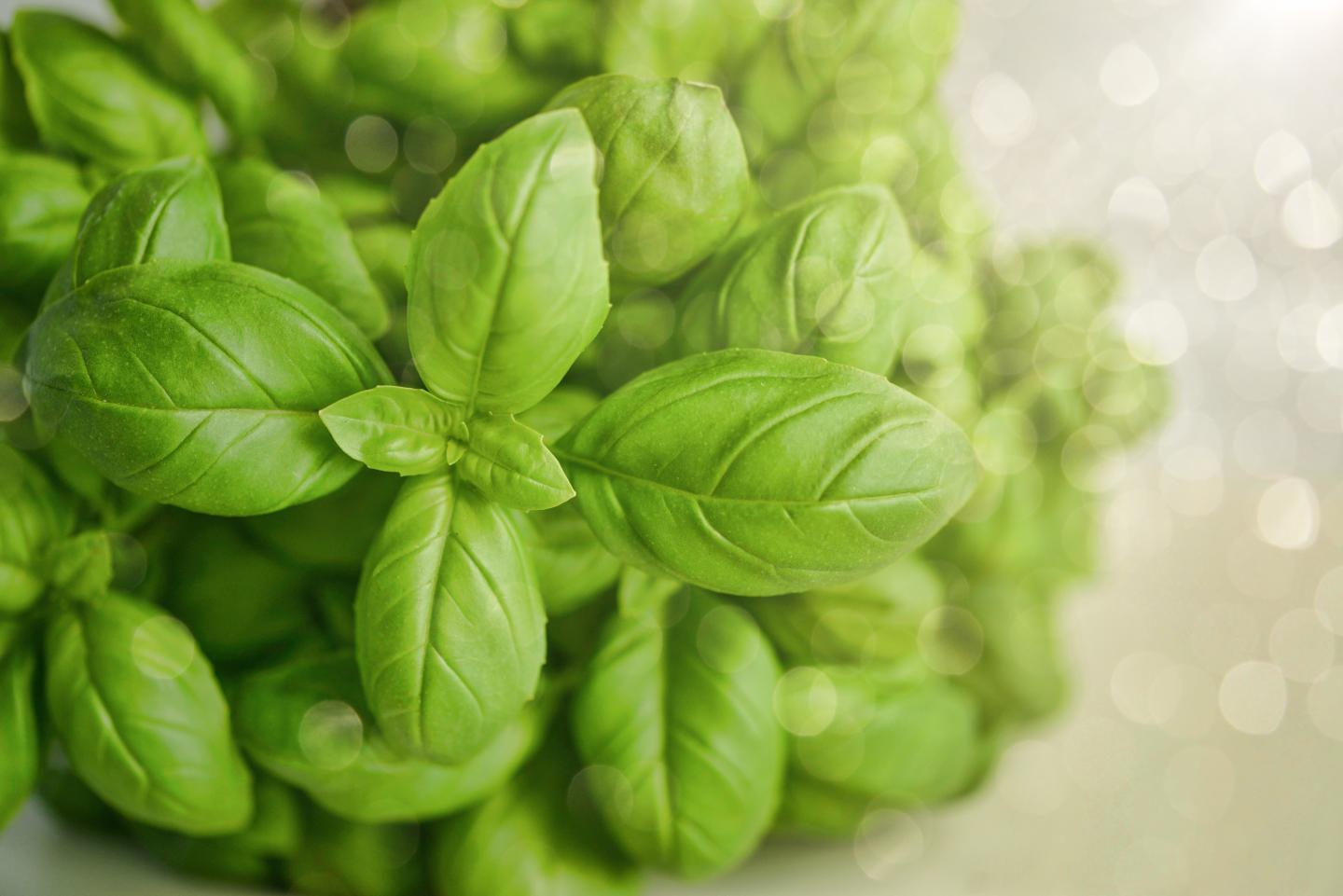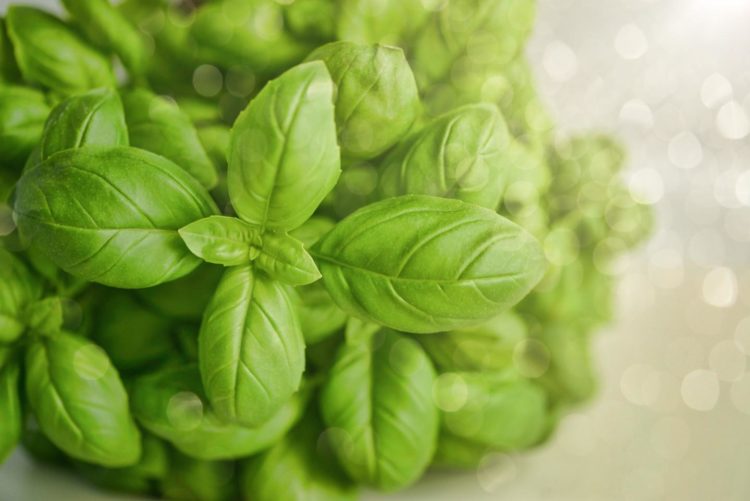A team of scientists from Immanuel Kant Baltic Federal University discovered that micromolar selenium doses increase the levels of useful biologically active compounds in the leaves of sweet basil

Credit: Immanuel Kant Baltic Federal University
Today many agricultural plants are grown using hydroponics, i.e. in artificial soilless environments. The source of nutrients for the plants is a special substrate surrounding their roots. Thanks to this method agriculturists can harvest the plants all year round and control and adjust the conditions of cultivation. One of such conditions is the ratio of micro- and macroelements in the substrate. Any changes in its composition may affect the metabolism and levels of biologically active substances that determine the nutritional qualities of plants.
“In a human body selenium deficiency can cause cardiovascular and endocrine diseases, but the information about its influence on plants remains quite discrepant. This is not an essential microelement for plants, however, many studies show that adding small doses of selenium to fertilizers or substrates (in case of hydroponic cultivation) has a positive effect on the growth and development of plants. Moreover, selenium is known to affect metabolism making plants intensively accumulate biologically active substances of different nature,” said Liubov Skrypnik, a Candidate of Biology, and an associate professor at the Institute of Living Systems, Immanuel Kant Baltic Federal University.
The subject of the research was Ocimum basilicum L. or sweet basil — a plant known all over the world for its pleasant flavor and aroma. It also possesses antibacterial and anti-inflammatory properties and has traditionally been used to treat headache, cough, diarrhea, and kidney malfunction. The healing properties of basil are determined by numerous chemical compounds contained in it. Its leaves are rich in phenolic and hydroxycinnamic acids that make it an excellent antioxidant. Essential oils and vitamins play an important role in the use of basil in the food industry. Moreover, unlike many other plans, basil does not accumulate selenium in excessive concentrations that may cause toxic effects.
The experiment showed that the optimal concentration of selenium is 5 μM when added to hydroponic substrate and 10 μM in a solution used by foliar treatment. This concentration is safe for the plant and at the same time leads to the increase of essential oils, hydroxycinnamic acids, phenolic compounds, and antioxidant levels making basil tastier, healthier, and more fragrant.
###
Media Contact
Sergey Bulanov
[email protected]
7-921-268-5362
Original Source
http://eng.
Related Journal Article
http://dx.





